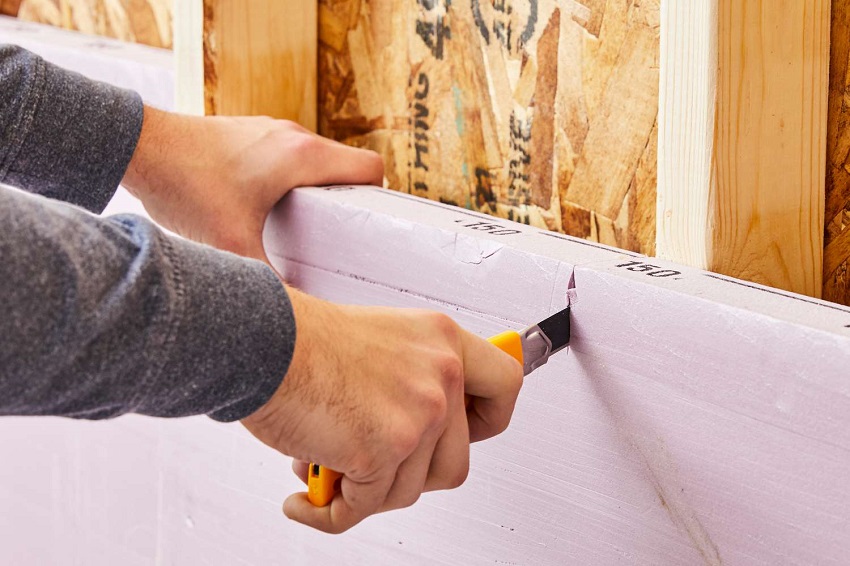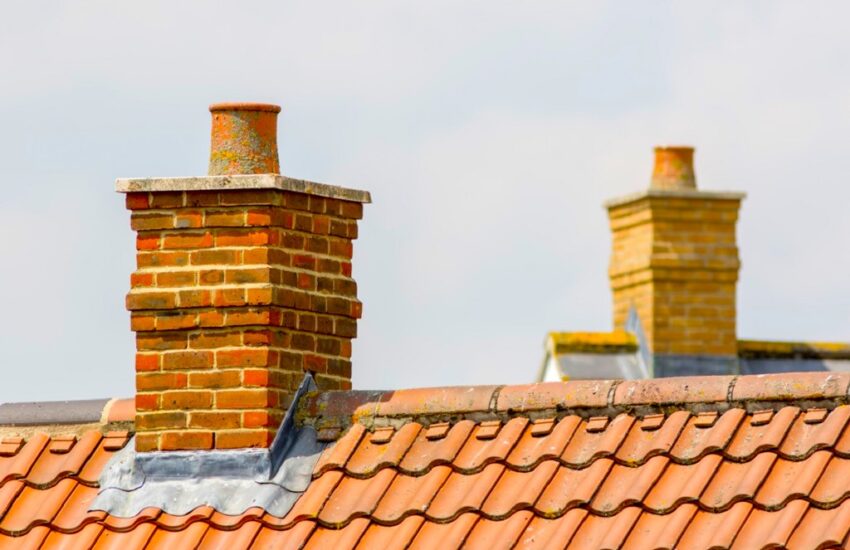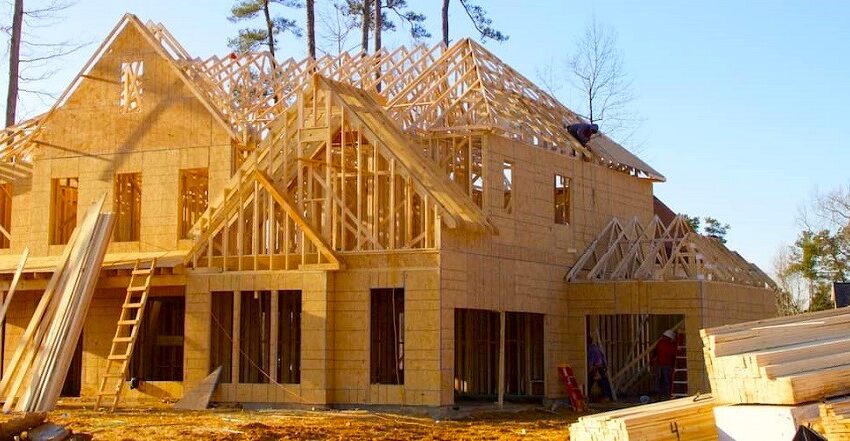Are you looking for effective insulation solutions for your home or building? Look no further than 3 inch rigid foam board insulation. In this article, we will delve into the world of 3-inch rigid foam board insulation, exploring its benefits, installation process, and other important considerations. So, let’s dive in and discover how this remarkable material can help you create a comfortable and energy-efficient space.
In today’s world, energy efficiency and comfort are paramount concerns for homeowners and builders. Insulation plays a crucial role in maintaining a comfortable indoor environment while reducing energy consumption. 3-inch rigid foam board insulation offers an excellent solution to achieve these goals.
What is 3-inch rigid foam board insulation?
3-inch rigid foam board insulation is a type of insulation material composed of closed-cell foam panels. These panels are typically made from expanded polystyrene (EPS), extruded polystyrene (XPS), or polyisocyanurate (polyiso). The 3-inch thickness provides an optimal balance between thermal performance and ease of installation.
Benefits of 3-inch rigid foam board insulation
Improved energy efficiency
By creating a continuous thermal barrier, 3-inch rigid foam board insulation significantly reduces heat transfer through walls, floors, and roofs. This insulation helps maintain stable indoor temperatures, reducing the need for excessive heating or cooling, and thus lowering energy costs.
Enhanced thermal performance
With its high R-value, 3-inch rigid foam board insulation offers superior thermal resistance. This insulation effectively minimizes heat flow, keeping the interior spaces comfortable throughout the year.
Moisture resistance
3-inch rigid foam board insulation has excellent moisture resistance properties. It resists water absorption and prevents mold and mildew buildup, ensuring a healthier indoor environment.
Soundproofing capabilities
In addition to its thermal benefits, 3-inch rigid foam board insulation also acts as a sound barrier, reducing noise transmission between rooms and from the outside environment.
Types of rigid foam insulation
There are several types of rigid foam insulation available on the market. The most common types used for 3-inch insulation panels are:
- Expanded polystyrene (EPS): This type of insulation offers excellent moisture resistance and versatility. It is cost-effective and suitable for various applications.
- Extruded polystyrene (XPS): XPS insulation has a higher compressive strength compared to EPS. It is often used in below-grade applications and areas prone to moisture exposure.
- Polyisocyanurate (polyiso): Polyiso insulation provides excellent thermal performance and is commonly used in commercial and residential applications.
Installation process of 3-inch rigid foam board insulation
Proper installation is crucial to achieving optimal performance from 3-inch rigid foam board insulation. Here is a step-by-step guide to the installation process:
Pre-installation preparation
Before installing the insulation panels, ensure the surface is clean, dry, and free from any debris. Make sure to wear appropriate personal protective equipment (PPE) during the installation process.
Measuring and cutting the insulation panels
Measure the dimensions of the area to be insulated and cut the foam panels accordingly. Use a sharp utility knife or a saw to achieve clean and accurate cuts.
Applying adhesive and securing the panels
Apply a suitable adhesive to the back of the foam panel and press it firmly against the surface. Use mechanical fasteners like screws or nails to provide additional support and ensure a secure installation.
Sealing the joints and edges
To create an airtight and moisture-resistant barrier, seal the joints and edges of the insulation panels using an appropriate sealing tape or foam sealant. This helps prevent air leakage and enhances the overall insulation performance.
Factors to consider before installing 3-inch rigid foam board insulation
Before proceeding with the installation of 3-inch rigid foam board insulation, consider the following factors:
Climate considerations
The climate of your location plays a vital role in determining the type and thickness of insulation required. Choose insulation materials with appropriate R-values that are suitable for your specific climate zone.
Building codes and regulations
Familiarize yourself with local building codes and regulations related to insulation. Ensure that your installation adheres to the required standards to guarantee safety and compliance.
Environmental impact
Consider the environmental impact of the insulation material you choose. Look for options that are environmentally friendly, recyclable, and have a low carbon footprint.
Cost analysis
Evaluate the cost of insulation materials, installation, and potential energy savings. Compare different options to make an informed decision that aligns with your budget and long-term goals.
Best practices for installing 3-inch rigid foam board insulation
To ensure a successful installation and maximize the benefits of 3-inch rigid foam board insulation, follow these best practices:
Proper safety precautions
Wear appropriate safety gear, such as gloves, goggles, and a dust mask, to protect yourself during the installation process. Follow all safety guidelines provided by the manufacturer.
Effective moisture management
To prevent moisture-related issues, such as condensation, ensure proper vapor barriers and ventilation systems are in place. Consult with a professional if necessary.
Minimizing thermal bridging
Thermal bridging occurs when heat escapes through areas with higher conductivity, such as studs or metal fasteners. To minimize thermal bridging, consider using insulation techniques that reduce the impact of these conductive elements.
Ventilation and air sealing
Proper ventilation and air sealing are essential for maintaining indoor air quality and energy efficiency. Seal any gaps, cracks, or openings to prevent air leakage and drafts.
Frequently Asked Questions (FAQs)
- Can I install 3-inch rigid foam board insulation on my own?
Yes, you can install 3-inch rigid foam board insulation as a DIY project. However, it is recommended to follow proper installation guidelines and safety precautions to ensure effective results.
- How long does 3-inch rigid foam board insulation last?
When installed correctly and maintained properly, 3-inch rigid foam board insulation can last for several decades.
- Is 3-inch rigid foam board insulation environmentally friendly?
It depends on the specific type of insulation material used. Look for eco-friendly options that are recyclable and have low environmental impact.
- Can 3-inch rigid foam board insulation help reduce noise transmission?
Yes, 3-inch rigid foam board insulation offers soundproofing capabilities and can help reduce noise transmission between rooms and from the outside environment.
- What is the cost of installing 3-inch rigid foam board insulation?
The cost of installing 3-inch rigid foam board insulation varies depending on factors such as the size of the area, the type of insulation material chosen, and the complexity of the installation. It is advisable to obtain quotes from insulation contractors for accurate cost estimates.
Conclusion
3-inch rigid foam board insulation provides an excellent solution for enhancing energy efficiency, thermal performance, and moisture resistance in residential and commercial buildings. With its numerous benefits and ease of installation, this insulation option is worth considering for those seeking a comfortable and eco-friendly living or working space.








